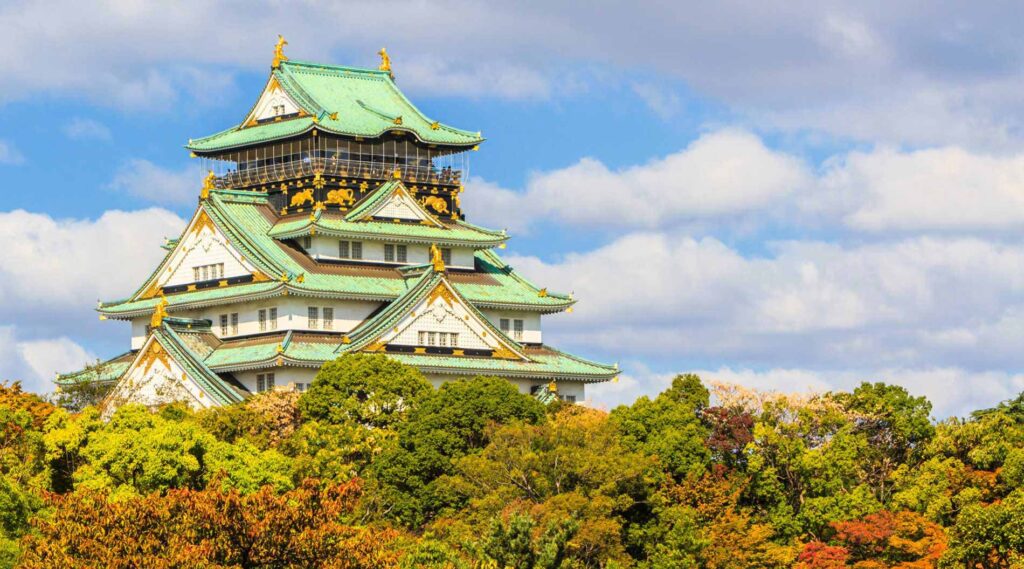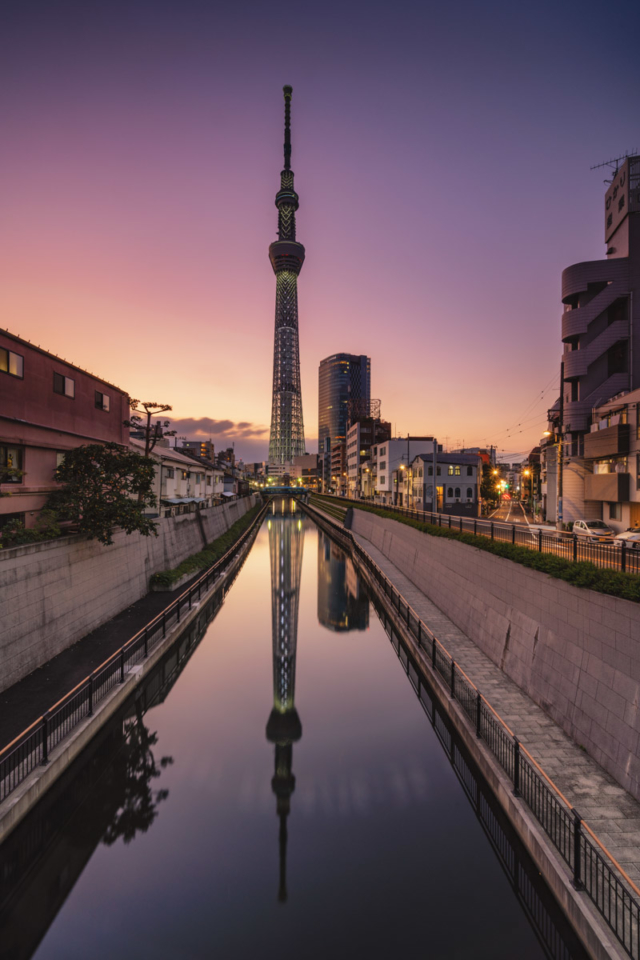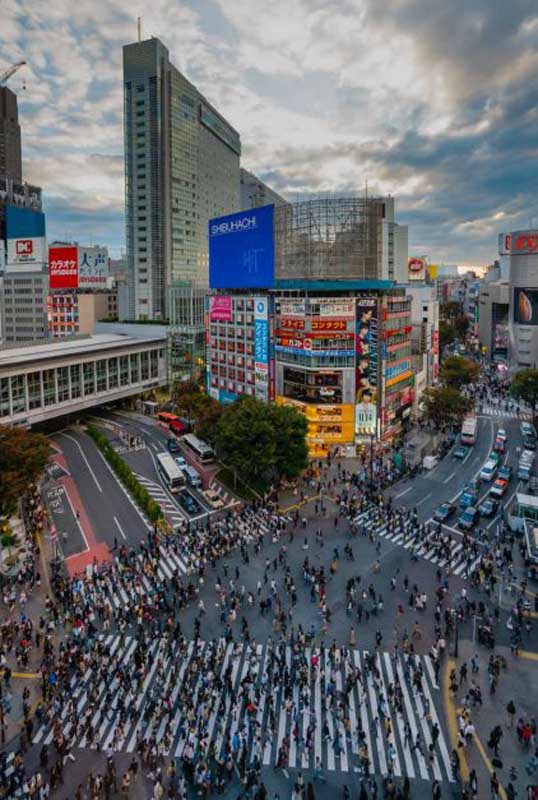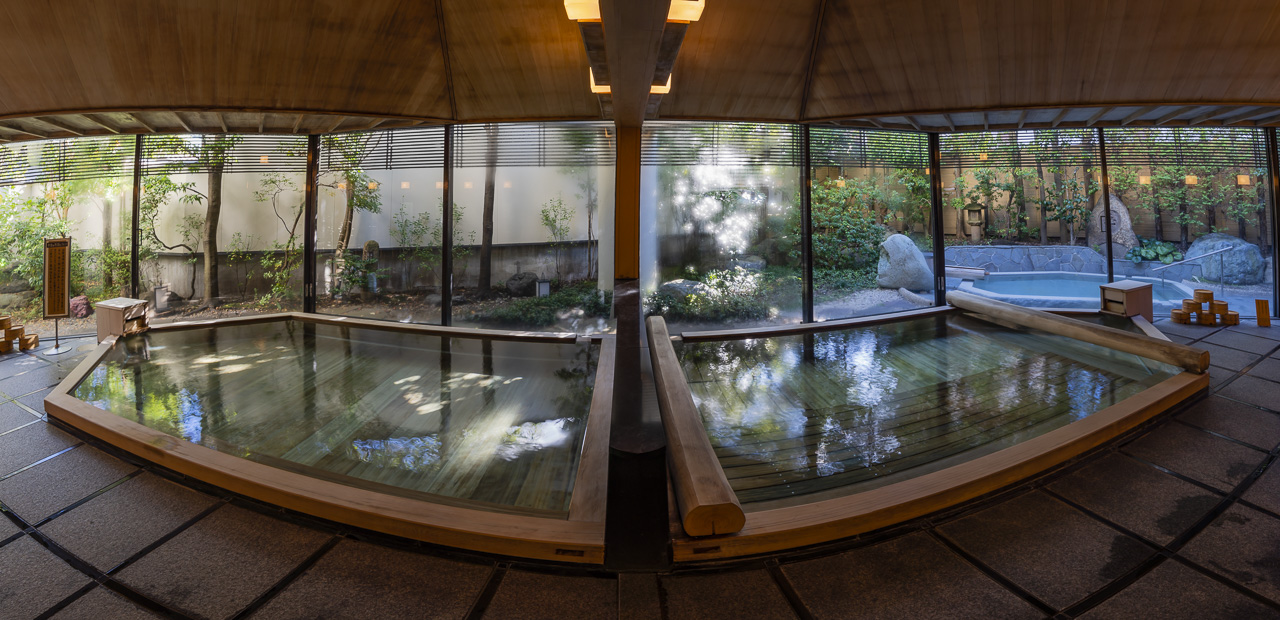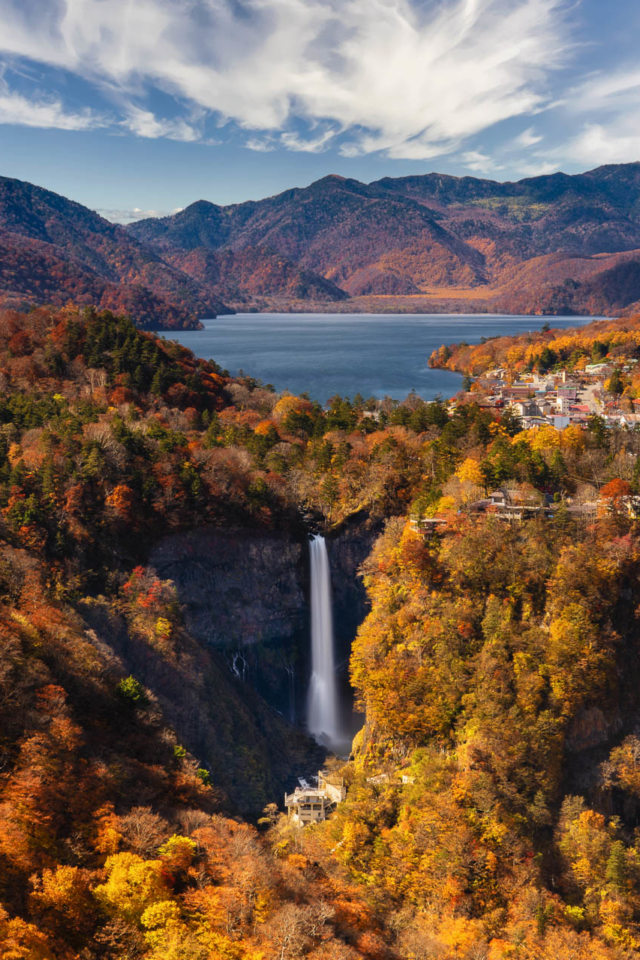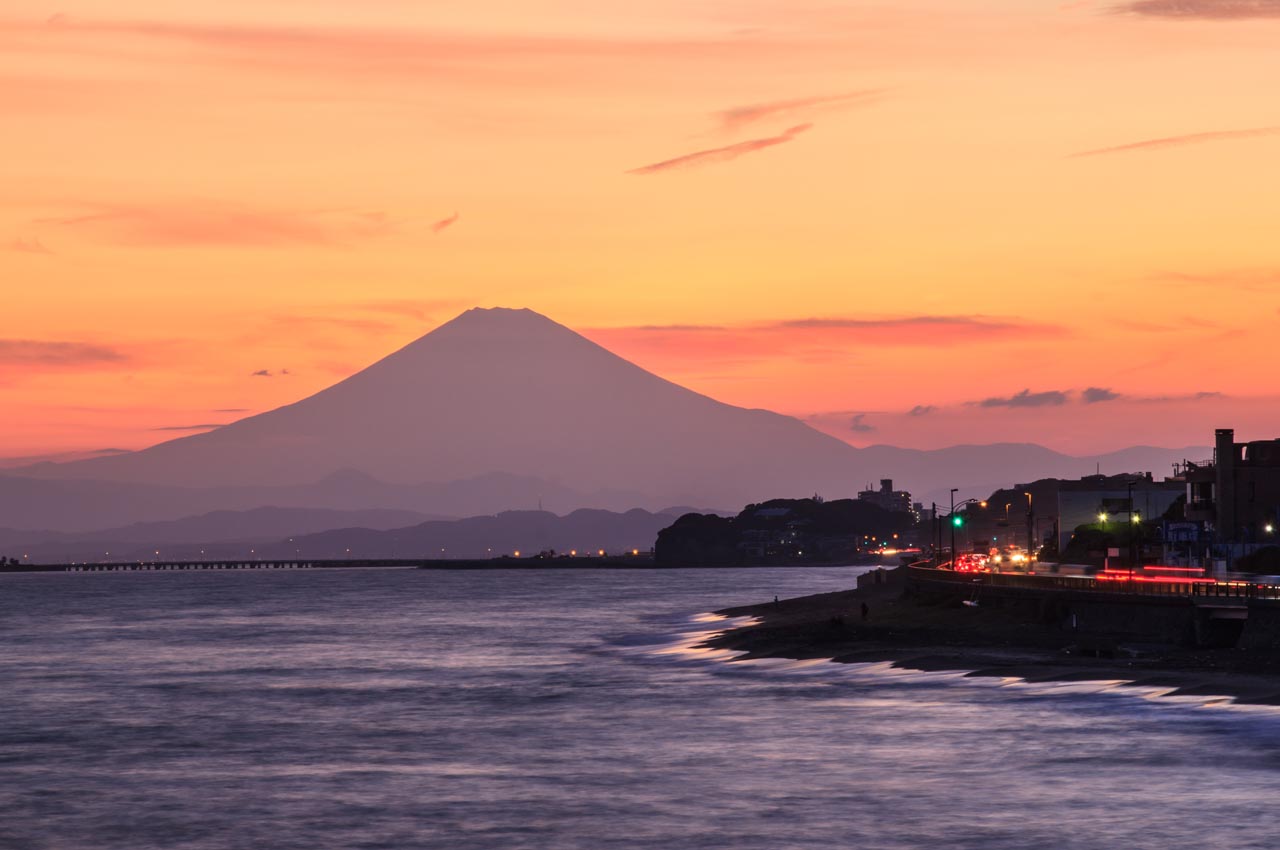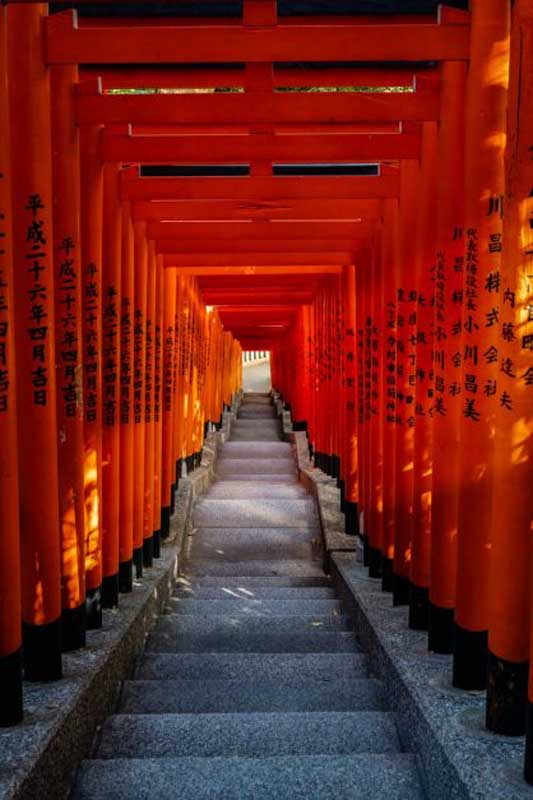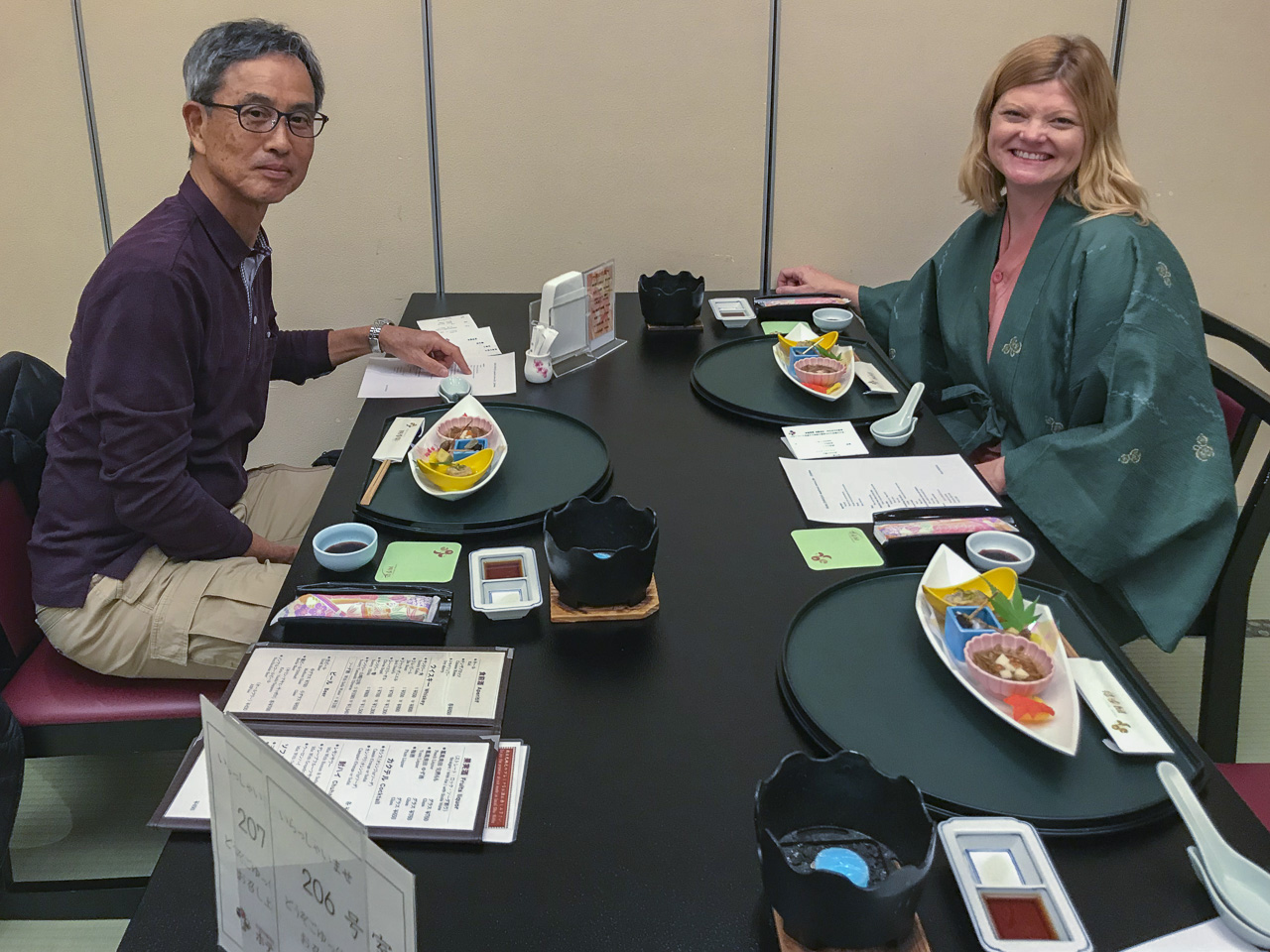Japan is at the top of everyone’s travel bucket list, and for good reason. We have visited Japan on several occasions and always seem to learn something about the country when we are there. Located in East Asia in the Sea of Japan, the archipelago of Japan is an incredible country to visit. Most people already know about the fantastic Japanese cuisine and its role in World War II, but there is so much more to the country that we cover here.
Fun Facts About Japan
Did you know that Japan is known to have the world’s second-highest life expectancy, next to Hong Kong? In 2024, there were 2.31 million Japanese people over the age of 90, with over 71,000 of them being over 100! So, have the Japanese discovered the secret to perpetual life?
Japan is a country with a complex and ancient cultural heritage, yet today, it is one of the most advanced countries in technology and innovation since 1950. Japan’s form of government is a constitutional monarchy with a parliamentary government. The currency used in Japan is the Japanese yen.
Japan gives a great deal of attention to education, and the country is one of the most literate in the world. A distinctive awareness of natural beauty and interest in shape and balance are obvious.
Some of these cool facts about Japan and its habits may surprise you. I know it did that to us. For example, Japan’s national sport, sumo wrestling, has its roots in ancient rituals to entertain deities, and the disciplined lives of sumo wrestlers show how important the sport is. I think we can learn a lot from their way of life. Also, natural hot springs, known as onsen, are a big part of Japanese culture, not just for relaxation and rejuvenation but also for ceremonial purposes in Shintoism and Buddhism.
There is a lot more to Japan than meets the eye, so let’s get into the Facts about Japan that we really found interesting.
1. Japan is Extremely Clean
Streets in Japan are immaculate; even in Tokyo, the capital and a massive megacity, all streets are spotless and litter-free. That being said, how does Japan accomplish this? It’s all about their mindset. The Japanese people very seldom leave trash on the streets. Additionally, volunteers of all ages clean the streets for the simple reason that they want to live in a tidy city.
2. Tokyo is the World’s Most Populated City
The greater Tokyo metropolitan area encompasses three areas and is home to Japan’s capital, Tokyo. Tokyo is estimated to have 38.14 million, rendering it the world’s most populous megacity.
3. Japan has the world’s largest fish market in Tokyo
The world’s biggest fish market is the Tsukiji Fish Market in Tokyo, Japan. It’s enormous and busy. Having been operating since 1935, Tsukiji is a global icon of the Japanese seafood industry. It covers a considerable area and handles over 2,000 tons of seafood a day. It is famous not only for its size but also for its tuna auctions, where buyers and sellers go head-to-head in high-stakes bidding wars for the best catches.
Although the inner wholesale market moved to Toyosu in 2018, Tsukiji is still a must-visit. The outer market is still going strong with fresh seafood, street food, and all sorts of culinary goodies. This is Japan’s ability to balance tradition with modernity, to keep the old while embracing the new.
4. Japan’s population is 98.5 percent Japanese.
This may seem absurd, but the modern world is becoming increasingly multicultural. However, this is not the case in Japan. That is largely due to stringent visa requirements and a cultural mindset keeping its distinctive and ancient culture steeped in old traditions.
5. Japan Has Canned Foods Restaurants
Japan is also a great destination for canned food fans, as numerous restaurants and bars specialize in this food culture. Mr. Kanso is the most popular chain of such restaurants. The shelves of these restaurants have a diverse array of canned foods from around the world. The variety on the shelves ensures that even the most discerning guest will find something new to try.
And speaking of canned food, Japan is filled with vending machines. You’ll find them everywhere on the streets, selling everything from sake and beer to tea and food.
6. Japan Has a High Life Expectancy
Japan is virtually tied with Hong Kong in terms of average life expectancy, at 83.6 years and 84 years. Economic stability and the use of Japanese money, specifically the Japanese yen, also contribute to longevity. Numerous people attribute Japan’s long life expectancy to the country’s historically healthier diet than Western countries. Their diet includes a greater amount of fish, less red meat and more vegetables, and smaller portions.
The Japanese hot springs probably have a lot to do with the long lives in Japan. These hot springs, known as Onsens, are frequented by the Japanese for their healing properties. We visited a few on our different trips and you can read more about them here: Japanese Ryokan – Our Stay in a Traditional Inn
7. Japan Has Many Active Volcanoes
There is a total sum of 110 active volcanoes in Japan! Scientists track 47 of these active volcanoes due to recent eruptions or an eruption possibility.
8. Each Year There Are Over 1,500 Earthquakes
That is correct! Japan is located on top of or adjacent to three tectonic plates. The Eurasian, North American, and Filipino plates are the tectonic plates. More than a thousand earthquakes hit Japan each year due to its position near the convergence of these plates. (Side note: I was actually in an earthquake in Japan while working years ago in Yokohama. It was scary)
Japan is one of the world’s most earthquake-prone countries. Most of these earthquakes are minor and unnoticeable, but large and destructive earthquakes do occur from time to time.
9. Forests Cover 67 % of Japan
When you think of Japan, you’re probably thinking of the country’s numerous cities or its main islands. Surprisingly, 67 percent of Japan is covered in forest.
It is not uncommon to see signs on forest trails warning to look out for black bears. Really? Black bears in Japan?
10. The Japanese are Extremely Attached to Nature and Their Culture
You will find that most Japanese have a profound appreciation and love of nature. That is due to the ingrained spirituality of the ancient Shinto religion, which attributes spirits to natural features such as rivers, mountains, and rocks. That is one of many Japanese facts that we learned on our last trip to the country.
11. Japan Is Home to the Deepest Underwater Postbox
A cool Japan fact is that Susami is home to the world’s deepest underwater postbox. Susami is a well-known fishing town in Wakayama Province. The Guinness World Records recognized the town’s deepest underwater postbox in 2002. The postbox is 30 feet underwater and has collected over 32,000 pieces of mail since 1999.
12. Mount Fuji is a Holy Site
Mount Fuji is not only Japan’s highest mountain; it has been a sacred site for the Shinto religion since the seventh century. The cool thing is that Princess Konohanasakuya is the Kami (divine person) of Mount Fuji in the Shinto religion. The cherry blossom is her symbol.
Even if you are not a follower of the Shinto religion, it is said that you can sense the area’s tranquillity and eerie atmosphere.
13. Japan Has Ice Cream That Does Not Melt
This is one of the Japan facts for kids!
The title is a little misleading because the ice cream will eventually melt. The non-melting ice cream will apparently take several hours to melt. Imagine that kids, this is definitely the best one of the kids Japan facts! Yummy!
The discovery occurred by accident while scientists were experimenting with the chemistry of strawberries. That was to aid farmers impacted by the 2011 earthquake.
14. Portugal Was the First European Country to Visit Japan
The Portuguese were the first European country to visit Japan in 1543 when they arrived at Nagasaki’s port. This initial Portuguese visit signaled the start of the Nanban trade period, which spanned from 1543 to 1614.
During this time period, the Japanese and Portuguese traded freely. Japan was introduced to new technologies and cultural practices, such as European guns, European armor, and European ships.
Another shocking revelation from this era is that the Portuguese introduced tempura to Japan. Tempura has since grown to be one of its most popular dishes.
15. Japan Was Locked Down for a Whole Period When the Shogun Closed Japan
After the massive impact of European culture on Japan since 1543, Tokugawa Lemitsu, the Shogun of Japan, closed Japan to all foreigners in 1635. The Shogun closed Japan by implementing a policy of isolation, forbidding foreigners to enter and Japanese citizens to travel abroad.
Anyone caught with European goods would be punished. This was the Sakoku Edict of 1635.
16. Japan Has a Highway that Passes Through a Building
That is correct! In Osaka, the Hanshin Expressway runs directly through the 5th, 6th, and 7th floors of the Gate Tower Building.
In reality, the building’s employees are unaware of the highway as the walls and floors are soundproof. Also, the highway doesn’t physically touch the building.
17. Japanese Follow a Healthy Diet
The Japanese diet is widely regarded as one of the healthiest diets in the world. The diet consists of traditional food items such as rice, fish, and vegetables.
People in Japan eat less fatty foods that are higher in minerals and vitamins. One of the factors contributing to Japan’s long life expectancy is its diet. Discover our favorite Japanese food before your next trip.
18. The Last Emperor in the World
Japan is the world’s only country with an Emperor. Even though the Emperor of Japan wields little power and primarily serves as a symbolic figure, they remain an integral part of Japanese tradition.
Naruhito is the current Emperor of Japan. He ascended to the throne on May 1, 2019, following his father, Emperor Akihito’s abdication on April 30, 2019.
19. Japan is a Hiker’s Paradise
While hiking is certainly not the first thing that comes to mind for most people when they visit Japan, the country has a decent supply of mountains and hiking trails. Additionally, due to the country’s geographical diversity, there are many different types of hikes to choose from.
You can put your physical and mental stamina to the test by hiking up the majestic Mount Fuji. There is a UNESCO-recognized route for trekking through the Japanese Alps on the largest island of Honshu.
20. Japan Has the World’s Sixth-Longest Coastline
Japan has the world’s sixth-longest coastline. It narrowly beats Australia, the United States, and Antarctica into the top ten.
Japan’s coastline totals 18,486 miles. It is home to hiking trails, cliffs, hiking trails, quiet coastal towns, and some of the world’s biggest fishing ports. Read about this lovely seaside town 2 hours north of Tokyo Kamakura, Japan – The Ultimate Seaside Escape
21. The Famous Kitayamazaki Cliffs
Kitayamazaki Cliffs is a 5-mile stretch of the Rikuchu Coastline in the Northern Iwate region, featuring 650-foot cliffs. The area is famous because it won first place in the “natural resource: coast” category in 1999.
The Kitayamazaki Observatory provides the best view of the coastline. The Observatory features three distinct observation decks at varying elevations. These decks allow for various views of the coast from a single location.
22. Unique Customs and Traditions in Japan
Japan is a country full of rich customs and traditions. One of the most noticeable is bowing. In Japan, you bow when you greet or say goodbye, and the depth and duration depend on the situation and the person’s status. It’s a sign of respect and is deeply ingrained in Japanese culture.
The Japanese have a great respect for nature, and this is shown in many of their traditions. One of those is cherry blossom viewing, or hanami, in spring. During this time people gather under blooming cherry trees to admire the beauty of the blossoms, it’s a symbol of the impermanence of life.
Japanese food is another reflection of this respect for nature, with a big emphasis on seasonality and freshness. Many dishes feature ingredients that are only available during certain times of the year, so the food is always fresh and in sync with the seasons.
The traditional Japanese tea ceremony, chanoyu, sado, or ocha, is a highly ritualistic practice where green tea is prepared and served to guests in a specially designed room. It’s not just about drinking tea but a spiritual and philosophical experience that embodies harmony, respect, purity, and tranquility.
Gift giving is a big part of Japanese culture, gifts are carefully selected and wrapped to show respect and appreciation to the recipient. This is seen in many aspects of life, from business to personal relationships.
Respect for elders is another big part of Japanese culture. Many customs and traditions are centered around the care and reverence of older generations; they are highly respected.
In Japan, you remove your shoes before entering a home or traditional building. Slippers or socks are often provided for guests to keep the place clean and respectful.
Japan also has many festivals and celebrations, each with its own customs and traditions. Oshogatsu and Tanabata are celebrated with great enthusiasm and are deeply ingrained in Japanese culture.
Politeness and respect are highly valued in Japanese society. It shows in the use of honorific language and respectful behavior in daily life. The traditional Japanese art of calligraphy, shodou, is also highly respected, and many artists have dedicated their lives to mastering this ancient art.
Japan An Interesting Country
There you have some interesting facts about Japan! Of course, there is no end to these interesting facts, and there are many more to reveal! Japan is a 2,000-year-old country with an enthralling history and traditions. If anything, we hope this article makes you realize just how interesting Japan really is, encompassing so many different layers to this culture.

